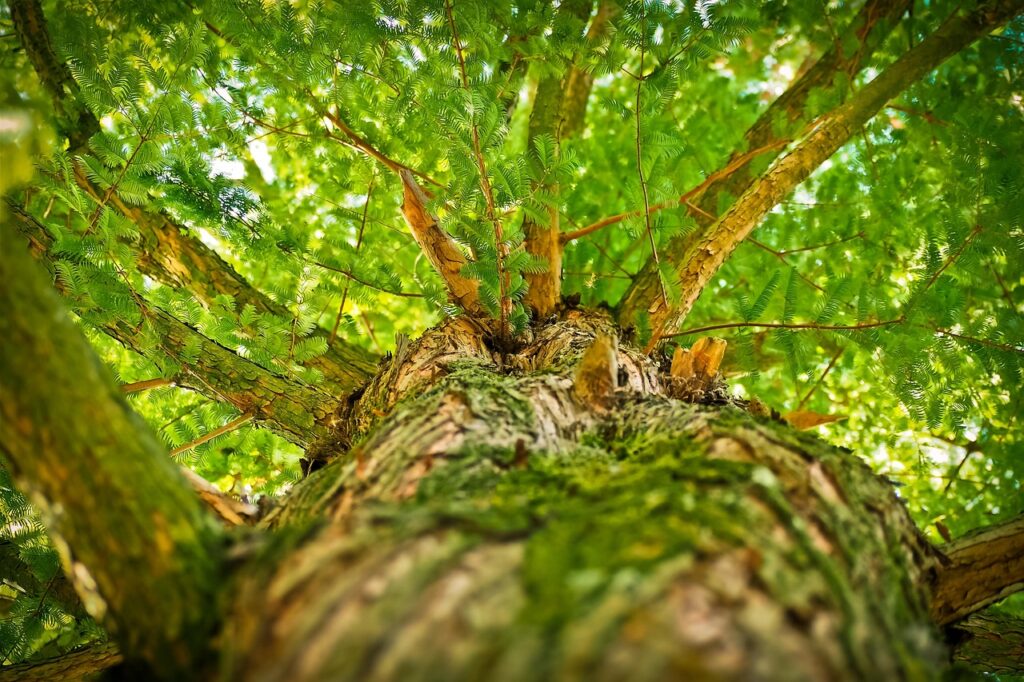Trees are one of the most valuable assets on any property. They provide shade, beauty, and even boost your home’s value. But nothing threatens those leafy giants faster than a pest invasion. From beetles that bore into trunks to aphids that sap the life from leaves, insect infestations can cause major damage if left unchecked. Fortunately, with the right approach, you can protect your trees and keep pests from turning your property into their next meal.
Here’s how to cut down on insect invasions before they get out of hand.
- Choose Pest-Resistant Tree Species
Prevention starts at the root—literally. Some tree species are more naturally resistant to pests than others. If you’re planting new trees or replacing unhealthy ones, do a little research first. Native trees tend to attract fewer pests because they’ve adapted to the local ecosystem. Varieties like ginkgo, river birch, and redbud are known for being less appealing to common tree insects.
Also, avoid overplanting one type of tree. A diverse landscape is harder for pests to take over, while a row of identical trees is like a buffet.
- Practice Proper Tree Maintenance
Just like people, trees are more likely to get “sick” when they’re stressed or unhealthy. Keeping your trees in good shape can make them less attractive to pests and better able to resist infestations when they happen.
Prune correctly: Remove dead or weak limbs that pests are drawn to.
Water wisely: Overwatering or poor drainage creates conditions ripe for root rot and insects.
Mulch carefully: A ring of mulch around the base helps retain moisture and keeps lawn equipment away from the trunk, but don’t let mulch pile up against the bark—it invites pests and rot.
- Use Natural Pest Control Methods
Skip the heavy chemicals if you can. There are plenty of environmentally friendly options that discourage insects without harming beneficial critters or polluting your yard.
Beneficial insects: Ladybugs, lacewings, and parasitic wasps are natural predators of many tree pests.
Neem oil or insecticidal soap: These are gentle on plants and harsh on soft-bodied bugs like aphids and mites.
Sticky bands or traps: For crawling pests like cankerworms, wrap tree trunks with sticky bands to prevent them from climbing up.
If a serious infestation does occur, it’s worth consulting a certified arborist before reaching for broad-spectrum insecticides. They can help identify the pest and recommend a safe and effective treatment plan.
Final Thoughts
Insects are part of a healthy ecosystem—but that doesn’t mean you have to roll out the welcome mat for them on your trees. With a little planning, regular maintenance, and natural deterrents, you can protect your trees from destructive pests and help them thrive for years to come. Healthy trees make for a healthy property—and a whole lot less trouble in the long run.

